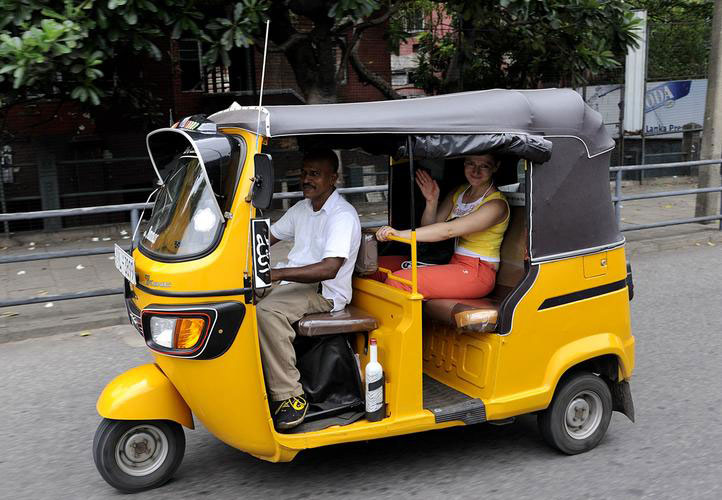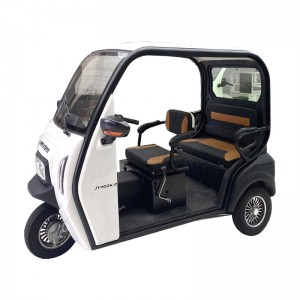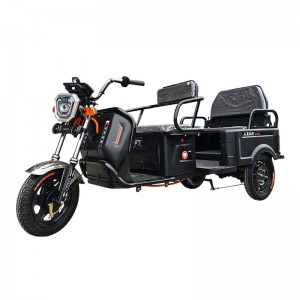Electric tricycles, as a crucial part of electric transportation, bring new vitality to sustainable development. Compared to traditional fossil fuel vehicles, electric tricycles significantly reduce air and noise pollution with their zero-emission nature, contributing to cleaner and more livable urban environments.

The driving range of electric tricycles is primarily influenced by various factors, including battery capacity, vehicle weight, driving style, and road conditions. Larger-capacity batteries can provide more electrical energy, thereby extending the driving range. At the same time, adopting a reasonable driving style, such as smooth acceleration and deceleration, as well as avoiding sudden braking, also contributes to maximizing the vehicle's range.
The battery technology of electric tricycles mainly encompasses aspects such as battery types, battery management systems, and cooling systems. Currently, the most common battery type used in electric tricycles is the small sealed maintenance-free lead-acid battery. This type of battery is cost-effective and offers a large capacity, making it widely adopted by domestic enterprises. In addition, some electric tricycles also employ lithium iron phosphate batteries, which have a longer lifespan and higher energy density.
The battery management system is a crucial component in electric tricycles, as it allows for real-time monitoring of the batteries to ensure their safe operation. The cooling system is also an essential part, as it prevents the batteries from overheating during operation, thereby extending their lifespan.
With advancements in battery technology, the range performance of electric tricycles is continuously improving. In the past, the driving range of electric trike might have been limited to a range of several tens of kilometers. However, nowadays, some advanced electric tricycles can effortlessly exceed a range of one hundred kilometers. For instance, JUYUN's JYD-ZK electric tricycle for adults, along with its other models, achieves impressive range performance, allowing consumers to confidently explore more distant destinations and enjoy extended travel experiences without the need for frequent recharging.
- Previous: How much electricity does a electric scooter use?
- Next: What are Low-Speed Electric Vehicles?
Post time: Aug-15-2023





